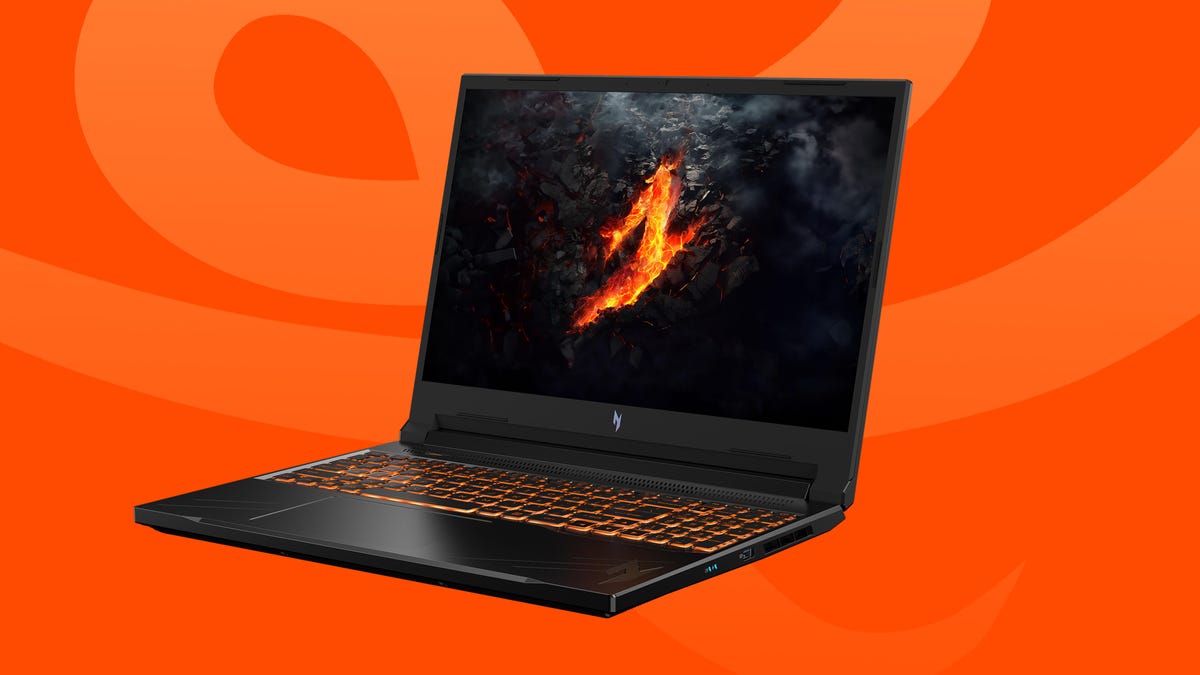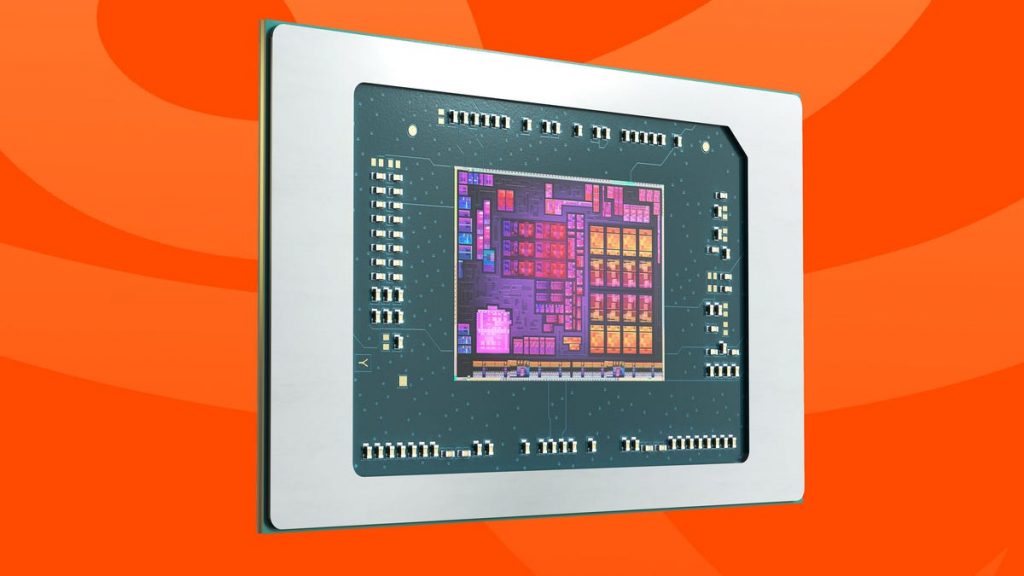We haven’t even gotten close to peak AI anything, but you won’t be able to buy a new laptop next year without seeing it everywhere, notable in its absence as well as its presence. That’s because the business interests of everybody who wants to sell you hardware or software are in complete alignment, which will result in a gravitational pull we can’t escape. AMD on Wednesday jumped in that line with its new Ryzen 8040 series of mobile processors at its Advancing AI event.
On-chip AI acceleration is critical for mobile devices, because it ameliorates the battery-killing nature of continual AI processing, which is far more cost-effective and environmentally better to perform locally than in the cloud — data centers to support consumer AI use are a black hole of energy usage and expensive to run. The accelerators are dedicated to iterating through and managing memory for the results of the vector calculations of small, pretrained models running on the device.
All the primary computer manufacturers now include a neural processing unit tile on its flagship processor’s die. AMD added it with its Ryzen 7040 series, Qualcomm rolled out its Snapdragon Elite in October, Intel announced it as part of the new Meteor Lake architecture (its first chips with the accelerator are rumored to debut next week) and Apple made its Neural Engine a central part of its M series architecture from the start.
In parallel with its GPU capabilities, branded RDNA, AMD refers to its NPU’s capabilities XDNA. The Ryzen 7040 series (Phoenix) included the first generation of the NPU. The mobile processors AMD announced Wednesday for its Ryzen 8040 series (Hawk Point) uses the same NPU architecture but offers better performance. AMD rates Phoenix at 10 trillion operations per second (by the NPU alone), while it says Hawk Point delivers 16 TOPS.
Ryzen 8040 series mobile CPUs
| Max boost (GHz) | Cores | Threads | NPU | Power class | Integrated graphics | |
|---|---|---|---|---|---|---|
| Ryzen 9 8945HS | 5.2 | 8 | 16 | Yes | 35-54W | Radeon 780M |
| Ryzen 7 8845HS | 5.1 | 8 | 16 | Yes | 35-54W | Radeon 780M |
| Ryzen 7 8840HS | 5.1 | 8 | 16 | Yes | 20-30W | Radeon 780M |
| Ryzen 7 8840U | 5.1 | 8 | 16 | Yes | 15-30W | Radeon 780M |
| Ryzen 5 8645HS | 5 | 6 | 12 | Yes | 35-54W | Radeon 760M |
| Ryzen 5 8640HS | 4.9 | 6 | 12 | Yes | 20-30W | Radeon 760M |
| Ryzen 5 8640U | 4.9 | 6 | 12 | Yes | 15-30W | Radeon 760M |
| Ryzen 5 8540U | 4.9 | 6 | 12 | No | 15-30W | Radeon 740M |
| Ryzen 3 8440U | 4.7 | 4 | 8 | No | 15-30W | Radeon 740M |
Laptops with the first series of Hawk Point chips are expected to be available by the end of March, and the company has its subsequent-gen XDNA 2 slated to ship to laptop manufacturers later in 2024. AMD claims those «Strix Point» Ryzen processors will offer three times better performance for generative AI over Hawk Point. And that may complicate your buy-now-or-wait decision.
Because CPU branding is complicated, don’t assume that all 8040-series CPUs have the NPU. At the bottom of the stack, the two cheapest processors don’t have it, which means the NPU may be out of the reach of budget buyers.

One of the spotlight products announced, the updated 16-inch Acer Nitro V 16 gaming laptop goes «up to» a Ryzen 7 8845HS and an Nvidia GeForce RTX 4060, but a mystery base configuration starts at $1,000. Who knows if that base includes an NPU-equipped CPU or how price scales for the configurations. Acers equipped with the NPU will use it for optimizing battery life and expanded power-management features. The Nitro’s expected to ship in March, in line with the wait we usually have from announcement to shipping of new chips this time of year.
Another reason for the aligned push is to motivate software developers to use the application programming interfaces in order to offload much of the inferencing and generative work the way they address the graphics accelerator for a smoother experience with interactive graphics tasks.
There are a lot of developers who already use custom AI models, like Adobe, Zoom, OBS (in OBS Studio, for streamers) and Microsoft. But there’s a multitude of APIs for handling the on-device model and interaction with the operating system — WindowsML, Intel OpenVINO, Nvidia’s integration into its own software (like DLSS in the graphics driver and Broadcast) and more. It’s still all shaking out.
